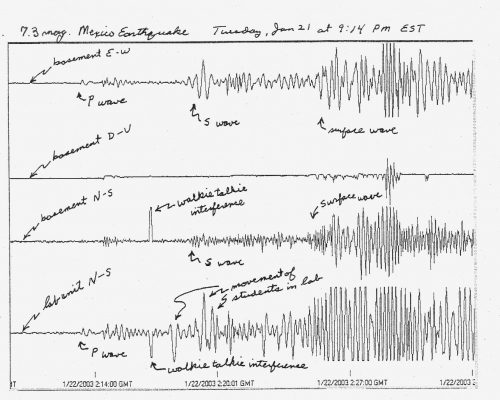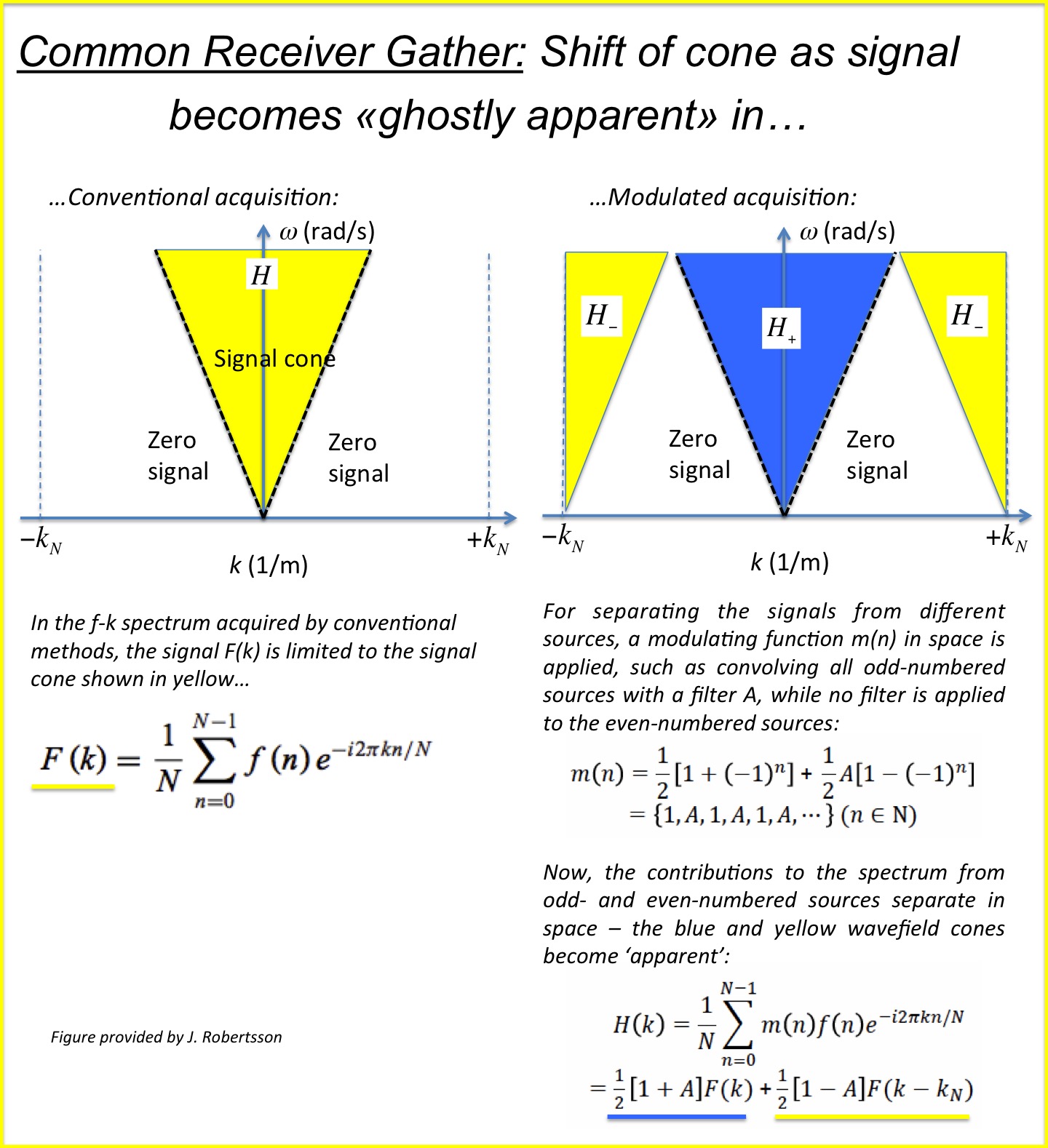
Our paper of the month is “Signal apparition for simultaneous source wavefield separation” (J. Robertsson et al., 2016) commented by Andreas Fichtner.
Andreas Fichtner is Assistant Professor for Computational Seismology at the Swiss Federal Institute of Technology (ETH) in Zurich. He received his PhD from the University of Munich for his work on Full Seismic Waveform Inversion for Structural and Source Parameters. During his postdoc at Utrecht University, Andreas worked on the development of resolution analysis and multi-scale methods for seismic waveform inversion.
His research interests include the development and application of methods for full seismic waveform inversion, resolution analysis in tomography, earthquake source inversion, seismic interferometry, and inverse theory. For his work, Andreas received the Keiiti Aki Award 2011 from the American Geophysical Union and the Early Career Scientist Award from the International Union of Geodesy and Geophysics.
In his paper of the month post, Andreas will present us a recently published paper by Robertsson et al. that describes a new approach to the magical art of source separation – or how to disentangle seismic signals from sources that acted at the same time! Sounds impossible? Not for an exploration geophysicist!
“One of the most longstanding problems in exploration geophysics is the separation of two wavefields emitted by two different sources. Just imagine, for instance, that two sources are fired, emitting wavefields g(t) and h(t). A receiver records the sum of the wavefields, f(t)=g(t)+h(t). If one could separate g(t) and f(t) from their sum, the time needed for seismic acquisition could be reduced by 50 % because two sources could be fired simultaneously. This is just one of many possible applications of wavefield separation.
While most previous research on wavefield separation focused on temporal encoding of sources, Robertsson and co-workers introduce an entirely new concept that is wonderfully simple and elegant.
They start with the well-known observation that the f-k spectrum for a line of sources recorded at one receiver is restricted to a signal cone bounded by the slowest propagation speed of the medium, e.g. the propagation speed of water in a marine experiment. Thus, most of the f-k domain is empty.
Now you do a little modification to the experiment. Instead of firing all sources along the line in exactly the same way – as is usually done – all odd-numbered sources are fired with some freely chosen modified source signature, such as a filter. Magically, the signal from this modified subset of sources appears in the previously empty part of the f-k domain. From there it can be extracted without any pollution by the even-numbered sources. This ‘becoming visible’ of a wavefield is referred to as ‘signal apparition’ by the authors of the paper.
While the authors limit their examples to seismic acquisition along a 2D line, many other applications could be envisioned. They include, for instance, the numerical forward simulation of seismic waves from a large number of earthquakes, as needed in waveform tomography.
I chose this paper not only because it offers a solution to a problem that has been studied for a long time, but also because of its beautiful simplicity. The approach works without any assumptions and does not require more than basic Fourier analysis to be fully understood.”
Reference: Robertsson, J. O., Amundsen, L., & Pedersen, Å. S. (2016). Signal apparition for simultaneous source wavefield separation. Geophysical Journal International, 206(2), 1301-1305.
Do you have questions, suggestions or comments? Please use the space below, or contact us on Facebook or Twitter @EGU_Seismo!
Are you an experienced seismologists and you want to be our next PoM author? Contact us at sm-ecs @ egu.eu

